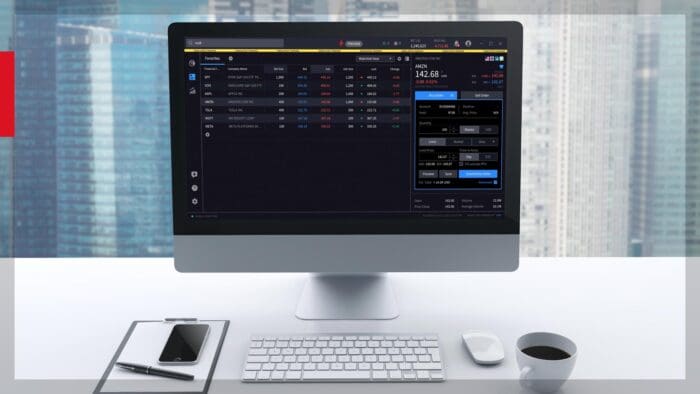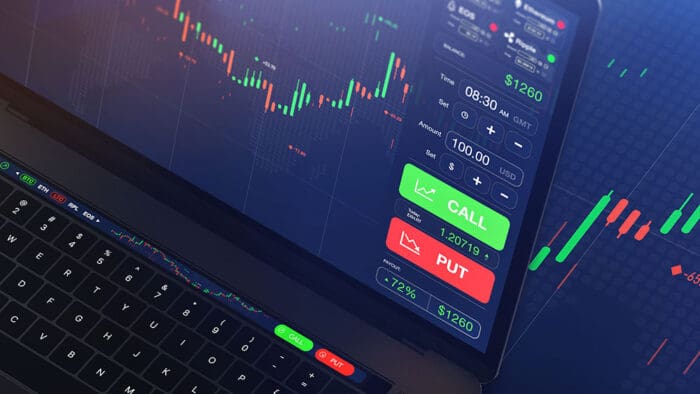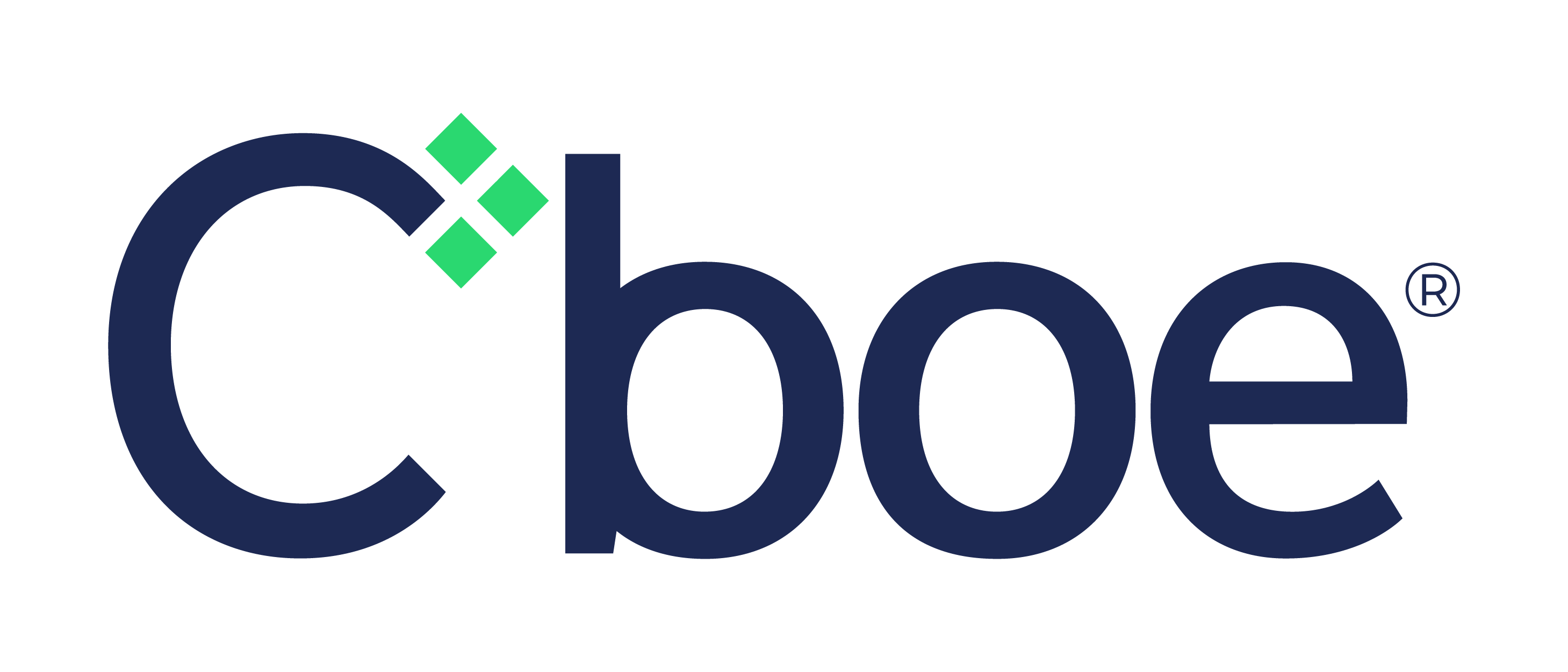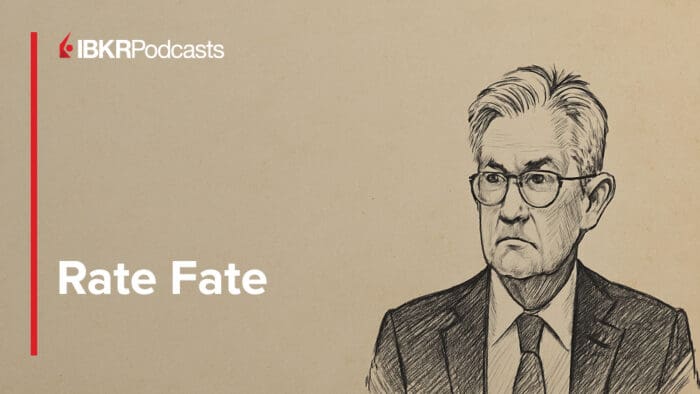At a Glance
- Habit and timing play important roles in the market’s preference for CPI, despite PCE offering a more dynamic and comprehensive measure
- CPI, typically 0.4 percentage points higher than PCE, saw its gap widen significantly in summer 2022
For decades, the Consumer Price Index (CPI) was considered the primary measure of U.S. inflation. This well-known metric, published by the Bureau of Labor Statistics (BLS), was the go-to for economists, investors, media and the general public. However, a shift occurred in February 2000.
During his bi-annual congressional testimony, then-Federal Reserve Chairman Alan Greenspan announced that he would primarily use the Personal Consumption Expenditures (PCE) price index, compiled by the Bureau of Economic Analysis (BEA), as his preferred inflation gauge.
The Fed’s Case for PCE
Greenspan’s decision was rooted in the PCE’s methodology that offers a broader, more dynamic picture of inflationary pressures. Unlike the CPI’s fixed “basket” of goods, the PCE index’s weighting adjusts more frequently, which better captures how consumers substitute with cheaper goods when prices rise. For instance, if beef prices skyrocket, consumers might buy more chicken. The PCE’s methodology reflects this shift, while the CPI is slower to adjust. This is why, historically, this methodological difference has led to the CPI being about 0.4 percentage points higher than the PCE, a gap that dramatically widened in the summer of 2022 when CPI hit 9.0% compared to PCE’s 7.1%.
Perhaps the most crucial distinction lies in how each index weighs different categories. The CPI assigns roughly double the weight to shelter costs compared to the PCE, which places greater emphasis on healthcare. The heavy weighting of “owners’ equivalent rent” in the CPI is particularly challenging, as it relies on survey data where homeowners often overestimate their potential rental income. The PCE was specifically designed to mitigate these issues, incorporating a broader range of goods and services, updating weights more frequently and explicitly accounting for substitution.
Why Is Wall Street Fixated on the Old Favorite?
Despite the Fed’s long-standing preference for PCE, markets and media continue to fixate on CPI. This persistence stems from two key factors: habit and timing.
First, old habits die hard. Even if traders know the Fed watches PCE, that knowledge matters little when the broader market continues to react to CPI. Unless a critical mass of participants simultaneously shift to trading off PCE, individuals remain bound to the data that everyone else is trading. This explains why CPI tends to drive short-term market movements, while PCE often lingers in the background. According to FRED data, equity market volatility after CPI releases is approximately double that following PCE, though this pattern is slowly evolving.
The second, and perhaps more fundamental, factor is timing. Both indices reflect the prior month’s data, but the CPI (BLS) is released approximately two weeks before the PCE (BEA). Markets tend to prioritize “flawed data now” over “better data later,” giving CPI disproportionate influence simply because it arrives first. In essence, the market often treats CPI as the initial headline figure, with PCE serving as a sort of “first revision” that only gains significance if it sharply contradicts the earlier number.
The market’s fixation on the earliest available data isn’t just about the CPI being released before the PCE; it’s also about how traders can react to that data immediately. Both the CPI and PCE are released at 8:30 a.m. EDT, a full hour before the U.S. stock market opens. During this window, the only liquid markets available for traders to react and price in the new information are futures markets.
This pre-market trading activity, particularly in equity index futures, is what drives much of the volatility you see. Historically, futures products were sized for institutional investors, limiting choice and access for retail traders. Today, that’s no longer the case. CME Group’s introduction of smaller-sized futures contracts has democratized access, making it possible for a much wider range of traders to participate.
Highly liquid Micro contracts are now available across all four major equity indexes. For example, Micro E-mini Nasdaq-100 futures have a notional value of approximately $47,000 ($2 times the index value). Even smaller are the newly launched Spot Quoted futures with the Spot Quoted Nasdaq having a notional value of $2,350 (5% of the micro contract). These contracts are also available for other indexes, like the S&P 500 and the Russell 2000, significantly increasing participation by retail traders and investors, allowing them to hedge risk or express directional biases during market events.
For now, the trading and investing community largely remains anchored to CPI, undervaluing PCE despite its greater importance to Federal Reserve policymakers. While the timing difference accounts for some of this anomaly, most analysts anticipate an eventual alignment of market focus toward PCE. However, like many shifts in finance, this change could take several years.
—
Originally Posted on September 23, 2025 – Why the Fed Prefers PCE Over CPI for Inflation Insights
Disclosure: CME Group
© [2023] CME Group Inc. All rights reserved. This information is reproduced by permission of CME Group Inc. and its affiliates under license. CME Group Inc. and its affiliates accept no liability or responsibility for the information contained herein, including but not limited to the currency, accuracy and/or completeness of this information, and delays, interruptions, errors or omissions. This information is an unofficial copy and may not reflect the official and accurate version. For the definitive and up-to-date version of any of this information, please see cmegroup.com.
Disclosure: Interactive Brokers Third Party
Information posted on IBKR Campus that is provided by third-parties does NOT constitute a recommendation that you should contract for the services of that third party. Third-party participants who contribute to IBKR Campus are independent of Interactive Brokers and Interactive Brokers does not make any representations or warranties concerning the services offered, their past or future performance, or the accuracy of the information provided by the third party. Past performance is no guarantee of future results.
This material is from CME Group and is being posted with its permission. The views expressed in this material are solely those of the author and/or CME Group and Interactive Brokers is not endorsing or recommending any investment or trading discussed in the material. This material is not and should not be construed as an offer to buy or sell any security. It should not be construed as research or investment advice or a recommendation to buy, sell or hold any security or commodity. This material does not and is not intended to take into account the particular financial conditions, investment objectives or requirements of individual customers. Before acting on this material, you should consider whether it is suitable for your particular circumstances and, as necessary, seek professional advice.
Disclosure: ETFs
Any discussion or mention of an ETF is not to be construed as recommendation, promotion or solicitation. All investors should review and consider associated investment risks, charges and expenses of the investment company or fund prior to investing. Before acting on this material, you should consider whether it is suitable for your particular circumstances and, as necessary, seek professional advice.
Disclosure: Futures Trading
Futures are not suitable for all investors. The amount you may lose may be greater than your initial investment. Before trading futures, please read the CFTC Risk Disclosure. A copy and additional information are available at the Warnings and Disclosures section of your local Interactive Brokers website.
Disclosure: Options Trading
Options involve risk and are not suitable for all investors. For information on the uses and risks of options read the "Characteristics and Risks of Standardized Options" also known as the options disclosure document (ODD). Multiple leg strategies, including spreads, will incur multiple transaction costs.
















Join The Conversation
If you have a general question, it may already be covered in our FAQs page. go to: IBKR Ireland FAQs or IBKR U.K. FAQs. If you have an account-specific question or concern, please reach out to Client Services: IBKR Ireland or IBKR U.K..
Visit IBKR U.K. Open an IBKR U.K. Account